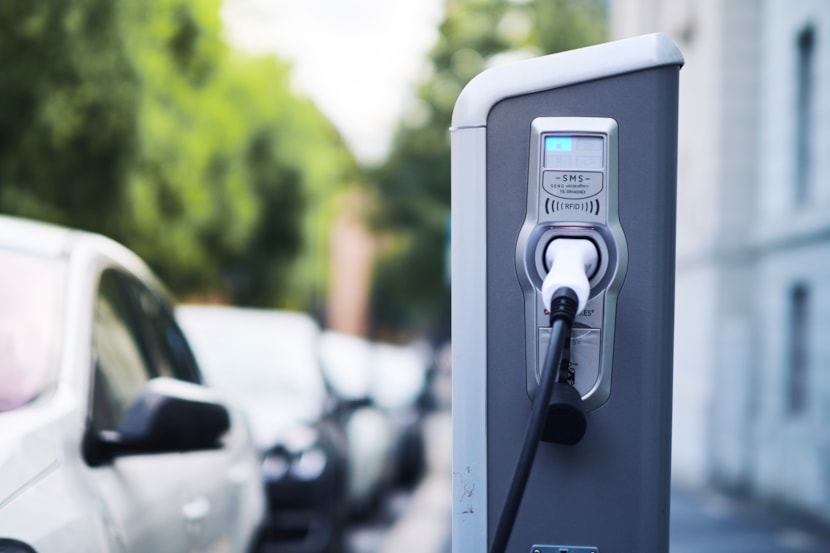Today, the transmission system operators (TSOs) of Finland, Sweden, Denmark and Norway launched the Nordic Grid Development Plan 2019. The study contains a collective reporting of current plans and grid development projects across the Nordics and presents a common view on the overall development of the future Nordic power system. In addition, some mutually coordinated studies on possible future grid investments in five Nordic corridors are presented.
The NGDP 2019 report describes the changing functionality required of the grid in the future. The main drivers of Nordic grid development identified in the plan are increased volatility due to massive increase in renewable generation, de-commissioning of fossil fuel facilities, growth in consumption from increased electrification and new industries, aging equipment and the need for reinvestments in existing grid assets, new interconnectors with Continental Europe and decommissioning of nuclear plants in Sweden. These regional drivers of grid development have led to a very substantial increase in grid investments by the Nordic TSOs. At the same time, several measures are being developed to make electricity markets and system operation more effective.
The 2019 plan includes an early assessment study of five Nordic corridors, which focused on market simulations, market benefits and high-level analyses of capacity in the corridors. The five corridors were initially identified in NGDP 2017, and bilateral studies for each corridor were prepared based on a common evaluation framework and Nordic reference scenario, including planned internal reinforcements in each country. The studies show an early outlook for possible future grid investments in the five corridors, revealing potential to further strengthen capacity between Nordic countries.
The energy sector is changing rapidly
With a highly interconnected power system, it is important to continue the Nordic coordination and cooperation on both grid planning and studies. The energy sector is changing rapidly, and as the sector becomes more complex, it will be important to continue to study how the Nordic countries can support each other. A strong grid enables power from renewable generation to fully enter the market, replacing generation from fossil fuels and thus enabling a fully fossil-free generation portfolio, concludes the report from the Nordic Planning Group. The Nordic Planning Group (NPG) is a joint grid planning group consisting of members from the four TSOs.
For more information, please contact
Hanne Storm Edlefsen, NPG Chair
Director, Strategic Planning
Energinet Elsystemansvar
HSE@energinet.dk
+45 23 33 85 50

